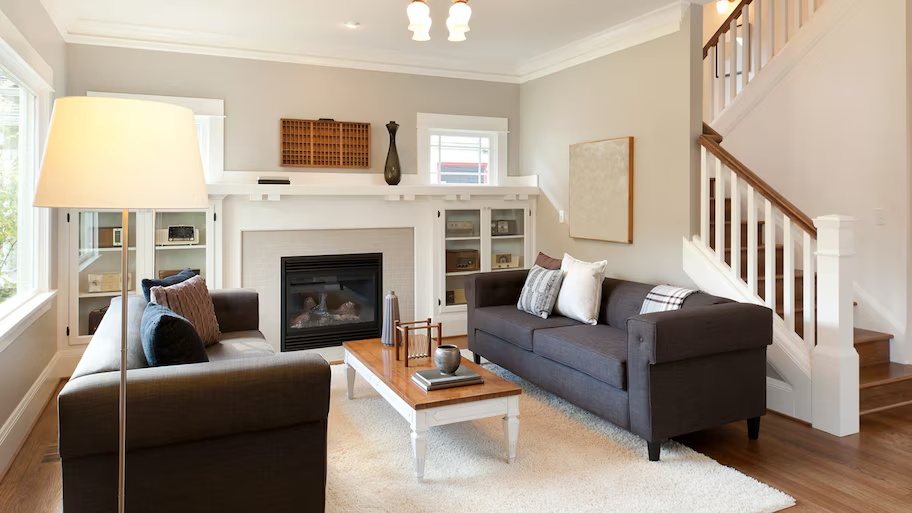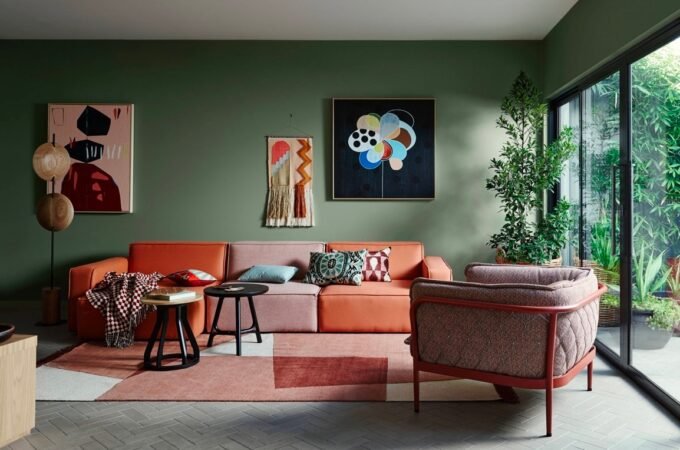
Enhancing Your Living Space: The Art and Craft of Specialty Moulding
Table of Contents
ToggleIntroduction to Specialty Moulding
Specialty molding transcends mere wall décor; it represents a deeper appreciation for the nuances of architectural finishings. Like an artist who understands the importance of framing their artwork appropriately, an interior designer or homeowner recognizes that suitable wall trim moulding can act as the crucial final touch that completes the visual narrative of a room. From the elegant sweep of a curved architrave to the bold shadow of a deep cove, molding serves both form and function, acting as a transitional element that enhances the inherent beauty of our living spaces.
The Impact of Moulding on Interior Aesthetics
Molding is a defining factor in interior design, imbuing spaces with character and sophistication. The aesthetically pleasing union of walls and ceilings is achieved by affixing well-crafted moldings, accentuating the transitions gracefully. Molding can enhance spatial perception through visual trickery—low ceilings can appear higher with vertically oriented molding elements, and narrow rooms can seem wider using horizontal patterns.
In detail, Architect Magazine explains that the success of molding in modern interior design lies in its ability to harmonize with a room’s inherent architectural elements, thereby creating a cohesive and pleasing environment. Subtle additions like chair rails can protect walls from wear and add a distinct separation of color or texture, aiding in creating complex, layered designs.
Types of Specialty Moulding Materials
When choosing the perfect molding, material selection is a critical decision that shapes the aesthetics, longevity, and maintenance requirements. Hardwoods like oak and mahogany have been traditional favorites for their durability and rich texture, lending a sense of grandeur to any space. Conversely, softwoods like pine offer a cost-effective solution, balancing functionality and budgetary considerations.
For modern homes where flexibility and moisture resistance are priorities, composite materials such as MDF (Medium Density Fiberboard) and PVC offer an attractive alternative. These synthetic options benefit from stable pricing and homogeneity, ensuring a consistent finish unaffected by the natural variations inherent in the wood.
The Design Process: Selecting the Right Moulding
Entering into the design process of selecting molding is an underappreciated art form; it involves careful consideration of the visual weight, scale, and compatibility with a home’s architectural style. While some homeowners may lean toward minimalist profiles contributing to a sleek, modern milieu, others may prefer the luxury of detailed, sculptural moldings that evoke a sense of history and tradition.
However, custom molding solutions become invaluable in achieving a genuinely personalized interior. Custom molding offers an opportunity to tailor the dimensions and profiles to your specific design vision, ensuring that each architectural element within the space is cohesive and balanced.
The Manufacturing Techniques Behind Specialty Moulding
The rich tapestry of molding production techniques displays time-honored craftsmanship and modern ingenuity. Hand-carved moldings indicate a storied tradition where artisans transpose their visions into the wood, creating unique and character pieces. On the other end of the spectrum, contemporary production methods such as CAD (Computer-Aided Design) and CAM (Computer-Aided Manufacturing) allow for repeatability and precision on a scale not previously achievable.
Both techniques have their place in modern molding manufacturing, with hand-carving valued for its artistry and customized nature. At the same time, machine assistance is prized for producing consistent and complex profiles en masse, catering to a larger market with efficiency and uniformity.
Installation Tips for Specialty Moulding
Approaching the installation of molding involves both preparation and precision. Whether embarking on a DIY project or enlisting the expertise of professionals, one must account for the nuances of their space. Ensuring that corners are properly mitered and that the molding fits snugly against the ceiling and wall requires careful measuring and an exacting approach to each cut. Additionally, selecting and adequately using adhesives, fasteners, and finishing materials like caulk and paint will produce a professional appearance.
Detailed instructions on the steps necessary for proficient installation and resources such as online tutorials and community workshops can offer invaluable guidance. These sources provide hands-on experience and a forum for sharing tips and tricks that simplify the installation process, empowering homeowners to enhance their abodes confidently.






